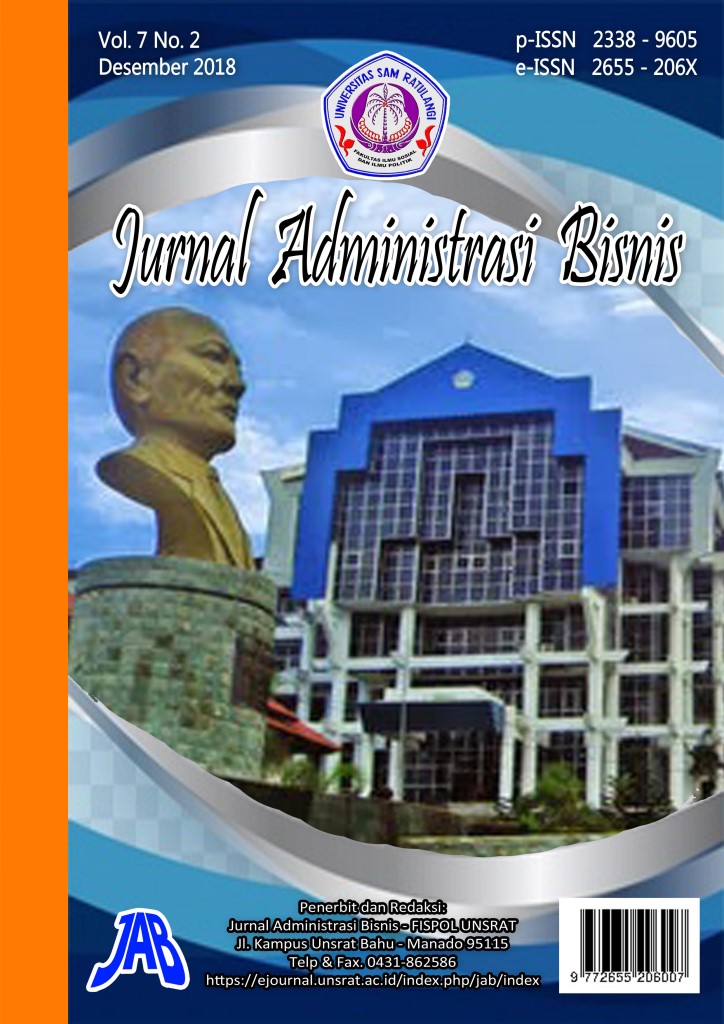Analisis Kinerja Keuangan Dengan Menggunakan Rasio Likuiditas, Solvabilitas Dan Profitabilitas Pada PT. Bank BRI (Persero), Tbk
DOI:
https://doi.org/10.35797/jab.v7.i2.21-29Keywords:
Financial Statements, Financial Ratios, Financial PerformanceAbstract
Banking is the backbone in building Indonesia’s economic and financial system. Various economic problems faced greatly affect the business world where companies compete against each other have good performance, especially banking. To assess the financial performance of a bank can be assessed from several indicators, one of which is the bank’s financial statement. Financial statements are one of the information media that can provide an overview of the health of the bank. The purpose of this research is “to study and understanding the financial performance of PT. Bank BRI Persero, Tbk, based on liquidity ratio, solvability, and profitability ratioâ€. This study employs descriptive quantitative method with measurements of liquidity ratio, solvability and profitability ratio. Based on liquidity ratio with quick ratio, banking ratio and assets to loan ratio indicators, have a results that BRI is financial performance from 2015-2017 is liquid because it meets the standards of the Bank Indonesia ratio. Then for LDR ratio has decreased for 3 years, it can be considered quite healthy because it has not been able to channel credit effectively. Based on the solvability ratio, the condition of the bank is in solvable position, because BRI’s capital is in sufficient condition to guarantee both short and long term debt. Based on profitability ratio with an indicator of NPM, ROE and ROA there has been a decline for 3 years due to lack of bank management’s ability to manage assets to increase revenue. For GPM for 3 years it has increased and can be said to be healthy because BRI is able to minimize the cost of goods, so that it can generate high gross profit. Although the value of NPM, ROE, and ROA has decreased, but the profitability ratio remains in a healthy position because overall it meets BI health assessment standards. To increase the ratio, banks need to evaluate management’s performance to improve lending and manage assets well.Downloads
How to Cite
Sepang, F. V., Manoppo, W. S., & Mangindaan, J. V. (2018). Analisis Kinerja Keuangan Dengan Menggunakan Rasio Likuiditas, Solvabilitas Dan Profitabilitas Pada PT. Bank BRI (Persero), Tbk. JURNAL ADMINISTRASI BISNIS (JAB), 7(2), 21–29. https://doi.org/10.35797/jab.v7.i2.21-29
Issue
Section
Articles



